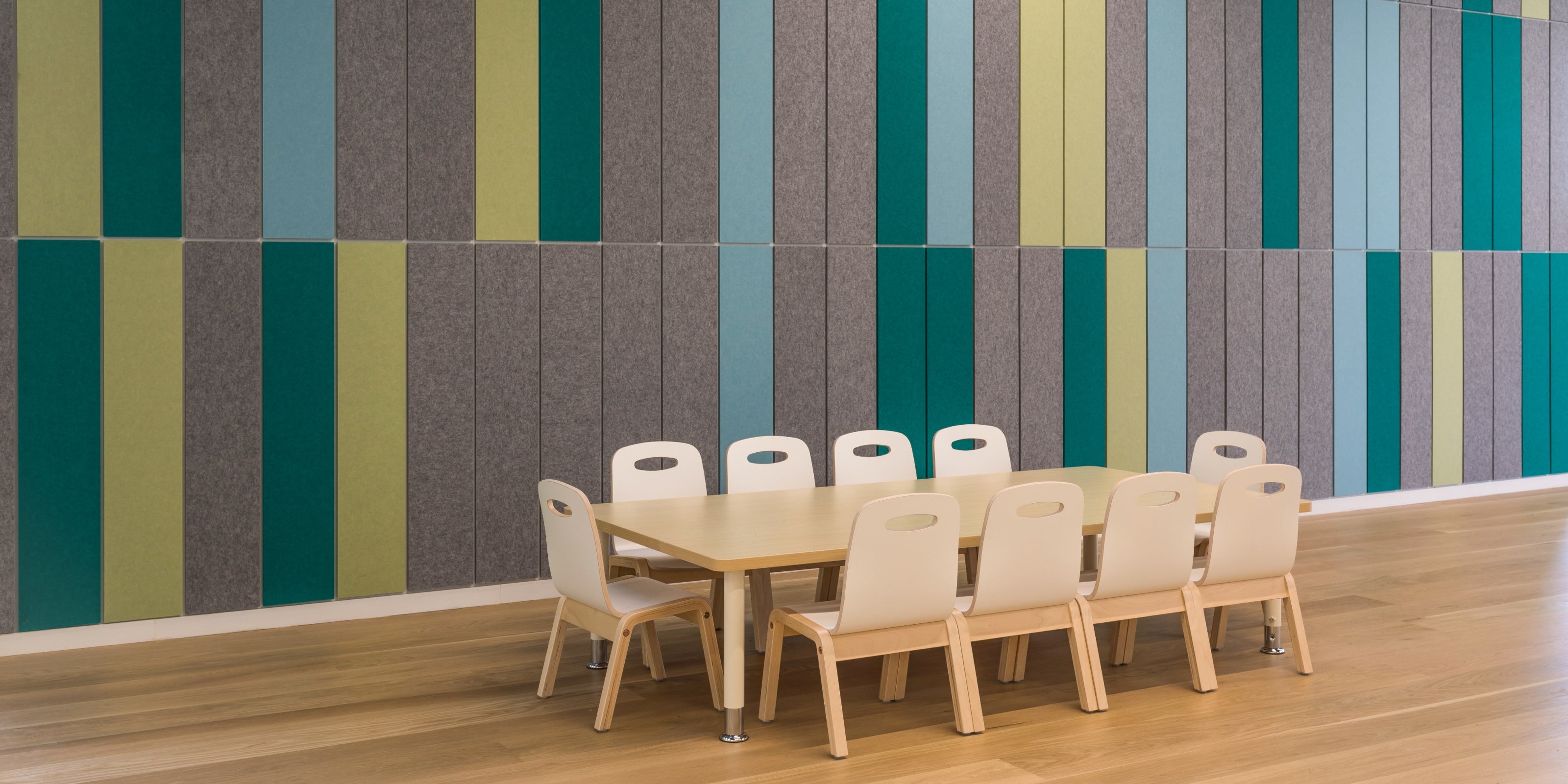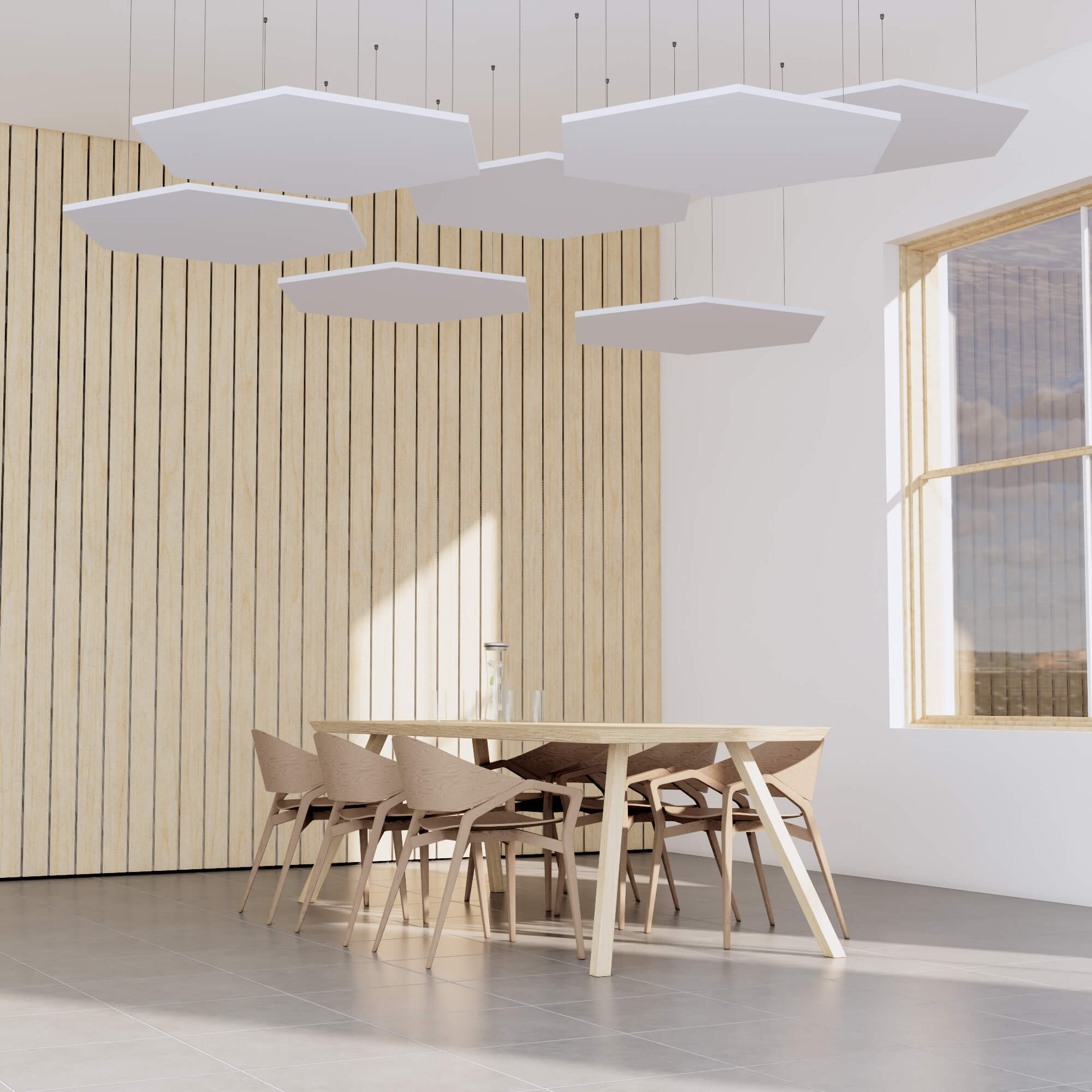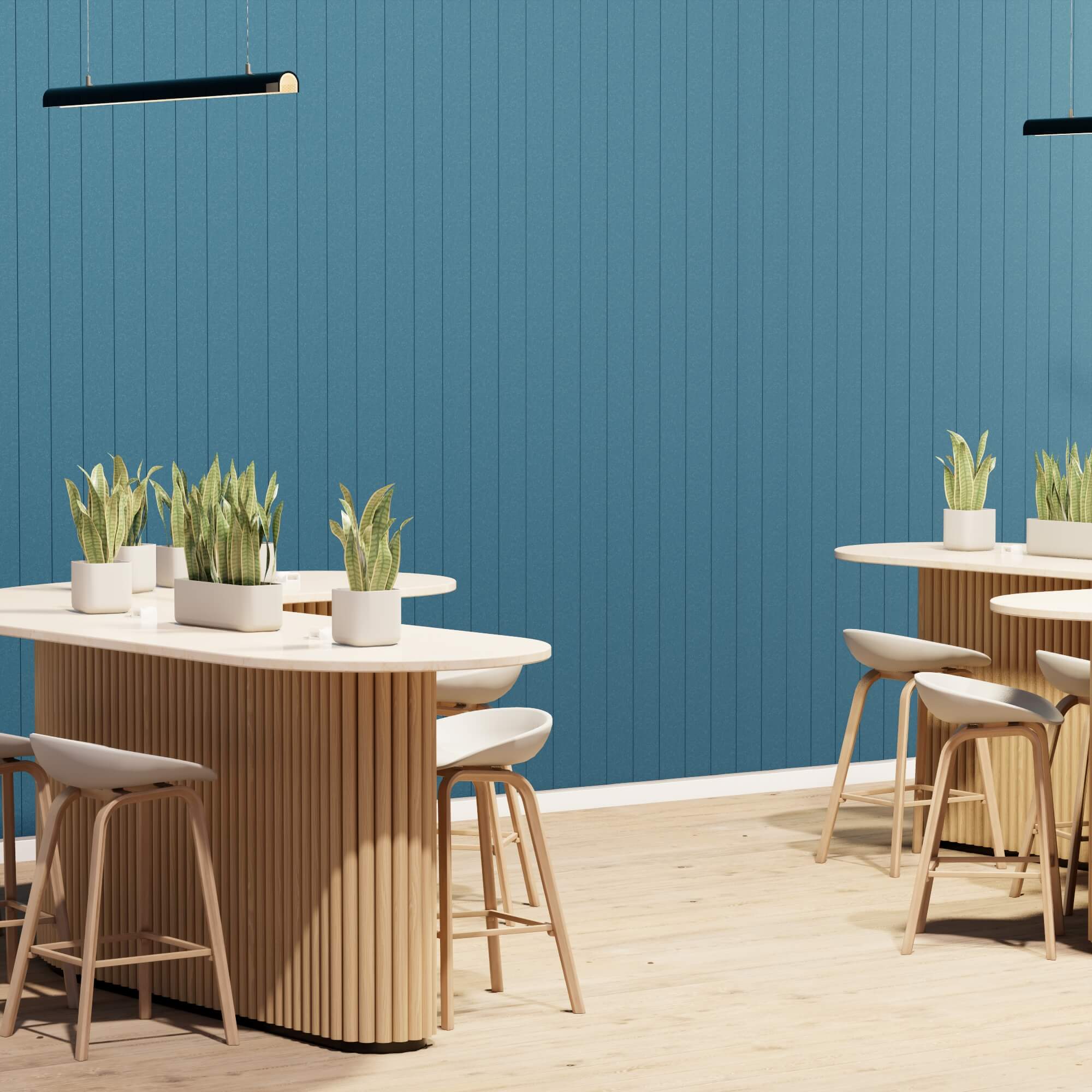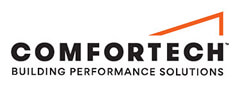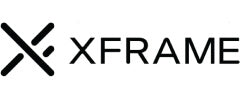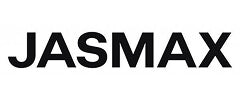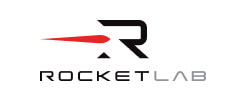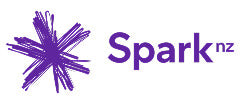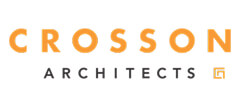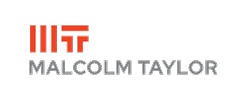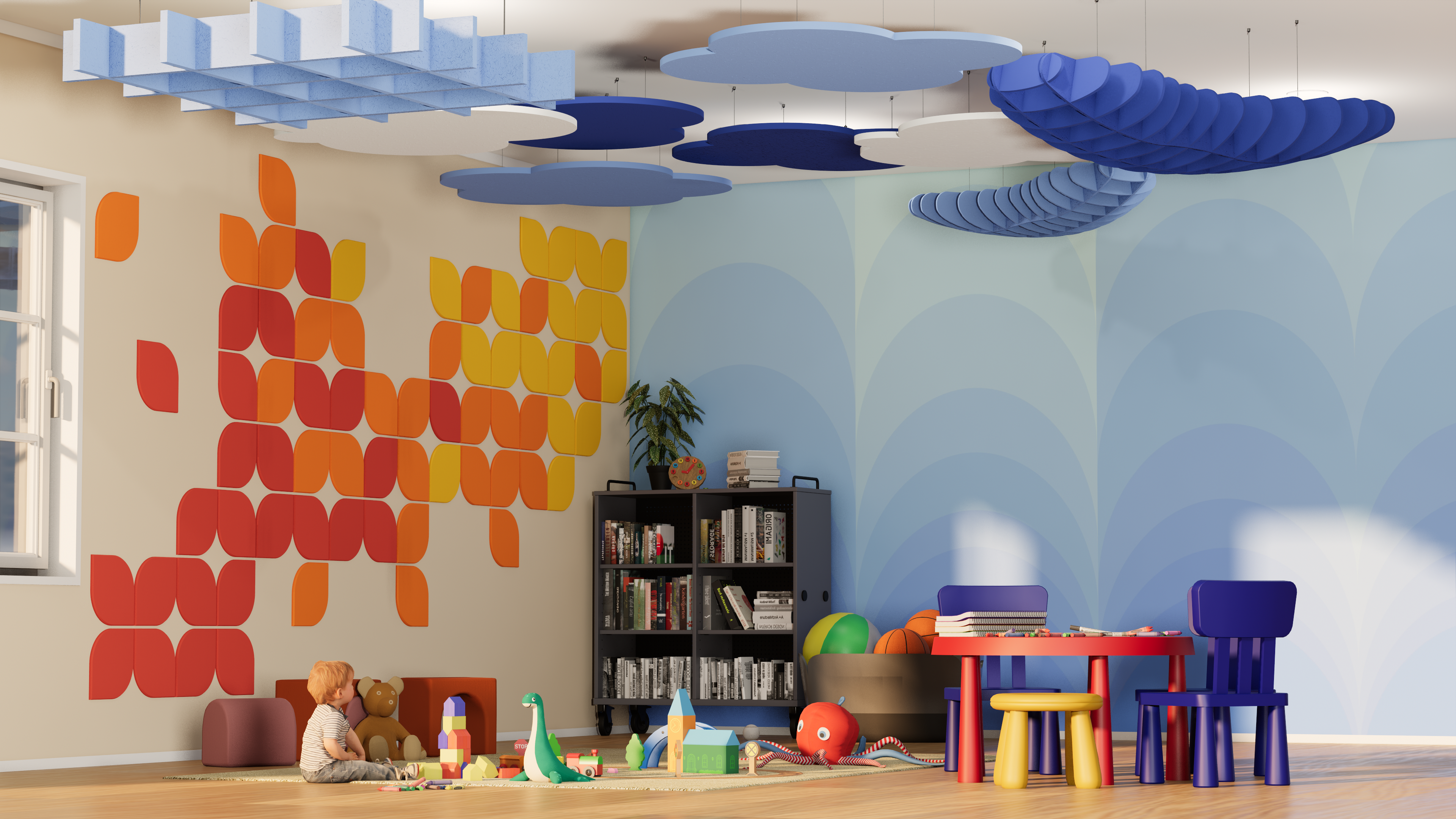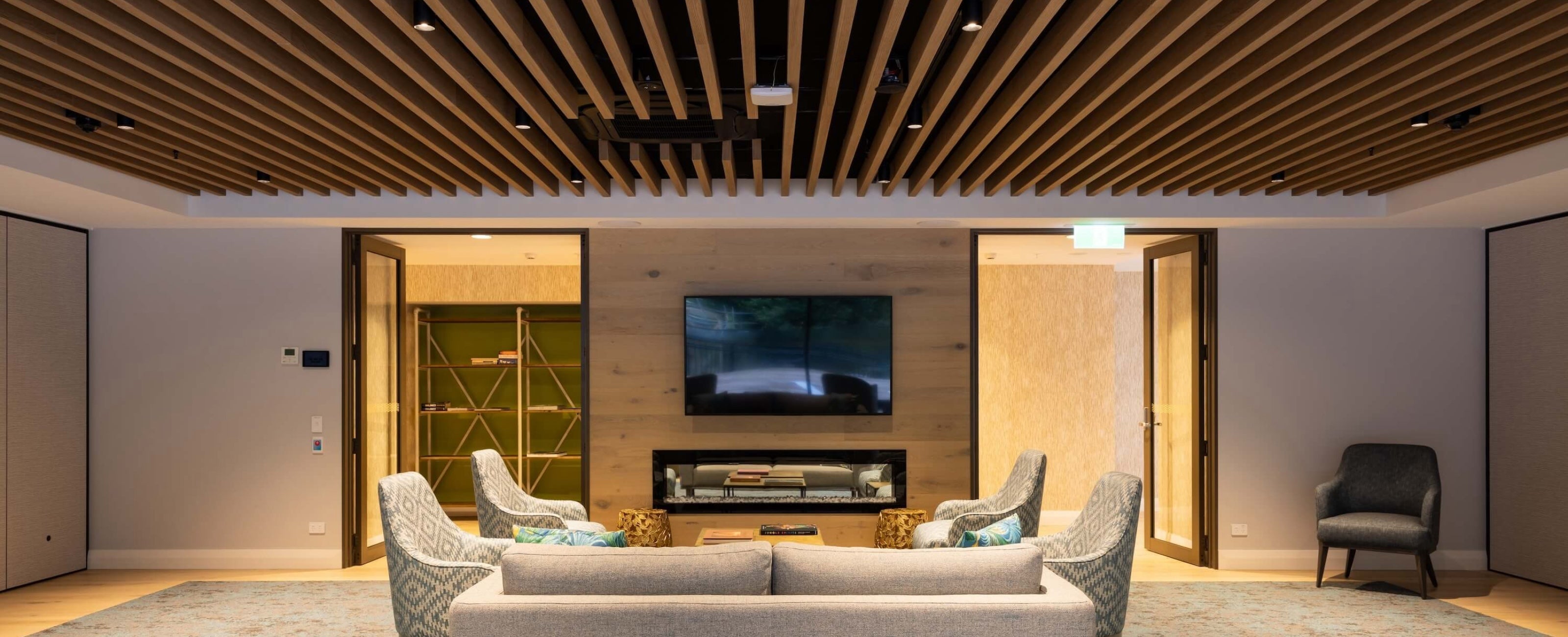For children with listening difficulties, learning environments can either support or hinder their success. Classroom acoustics play a crucial role in speech perception, concentration, and overall learning ability. Research shows that poor acoustics significantly impact children’s ability to process speech, leading to higher cognitive strain and lower academic performance (Gheller et al., 2019).
Children with hearing impairments, auditory processing disorders (APD), ADHD, or bilingual learning backgrounds are particularly affected. But classroom acoustics aren’t just important in schools, they also affect tutoring centres, home study spaces, and academies where children learn outside traditional classrooms.
The Science Behind Classroom Acoustics
Children process sound differently than adults. Their auditory processing systems are still developing, which means they need a much higher signal-to-noise ratio (SNR) to understand speech. Adults can manage with an SNR of +6 dB. Children require +15 dB.
When sound bounces off hard surfaces, it creates reverberation, an echo effect that blurs speech clarity. For students with hearing challenges or language-processing difficulties, this distortion makes instructions harder to follow and significantly raises cognitive effort.
And while many New Zealand classrooms are carpeted by default, the reality is that schools are filled with hard, reflective surfaces like desks, chairs, glass panels, and whiteboards. These dominate the acoustic profile of the room, meaning carpet alone struggles to provide the level of sound absorption children need.
FAQs on Classroom Acoustics & Learning
Do children really need better acoustics than adults?
Yes. Children’s developing auditory systems mean they need speech to be much clearer than adults do. Without good acoustics, they quickly tire from the extra cognitive effort needed to process what’s being said. This is one of the biggest reasons why acoustic optimisation is not just “nice to have”, it’s essential in education.
Can poor classroom acoustics affect children with hearing difficulties?
Yes. Students with hearing loss, APD, ADHD, or bilingual learners face even greater barriers in noisy, echo-prone classrooms. For example, children with hearing impairments can lose up to 50% of speech comprehension in poor acoustic conditions, even when using hearing aids. This highlights why inclusive design must consider acoustics from the start.
Do acoustic panels really improve learning outcomes?
Yes. Acoustic panels reduce reverberation and background noise, making speech clearer and classrooms calmer. Teachers can speak more naturally, students can focus better, and overall participation improves. Research links improved acoustics with gains in reading, comprehension, and classroom engagement (Puglisi et al., 2018; Peelle, 2018).
How Poor Acoustics Affect Different Groups of Children
While all children benefit from good acoustics, some groups are more affected than others:
- Children with hearing impairments struggle to distinguish words, even with assistive devices.
- Children with APD experience distorted speech in reverberant rooms.
- Bilingual learners require higher speech clarity to process language effectively.
- Children with ADHD find noise a major distraction that limits focus and task completion.
The Role of Acoustic Panels in Learning Spaces
Sound-reducing wall panels absorb excess sound and reduce reverberation, directly improving speech clarity and lowering background noise. By installing acoustic panels, schools and designers can significantly enhance children’s ability to process and retain information.
Where Should Acoustic Panels Go in a Classroom?
Acoustic panels are most commonly installed on classroom walls, and that’s a good starting point, but it doesn’t need to be the default. Panels can take many forms, from ceiling tiles, ceiling fins, and suspended baffles to hanging screen solutions. Ceiling-mounted systems are particularly useful in rooms where wall space is limited, and hanging screens can serve a dual purpose by improving acoustics while subtly dividing open-plan classrooms into functional zones. Wall-mounted panels don’t have to be plain either. They can be engraved, textured, or printed with graphics that reflect the school’s identity, turning what might seem like a purely functional element into a visual feature that enriches the learning environment.
Are dbsorb panels suitable for modular or temporary classrooms?
Yes. Unlike traditional glued systems, which often rip off the gib board when removed, dbsorb’s glue-free panels are designed for minimal surface impact and maximum flexibility. They can be installed, repositioned, and reused, making them especially suited to modular classrooms now being introduced across New Zealand and Australia.
dbsorb's solutions also support DQLS (Designing Quality Learning Spaces) compliance, aligning with the Ministry of Education’s acoustic requirements for teaching and learning spaces. Read our article on Designing Quality Learning Spaces (DQLS).
Why dbsorb’s Education Collection Stands Out
- Minimal Surface Impact | Glue-free panels avoid the wall damage caused by glued-on solutions.
- Customisable Aesthetic | Colours and groove patterns tailored to classroom or campus design.
- Glue-Free & VOC-Free | Healthier for students, teachers, and long-term air quality.
- Engineered for Education | Perfect for modular classrooms, traditional schools, and specialist learning spaces.
A child’s ability to listen, process, and succeed is directly influenced by their environment. Poor acoustics slow down learning and disproportionately affect children with listening challenges. dbsorb’s Education Collection makes it easy for architects, specifiers, and schools to create speech-friendly, distraction-free spaces, from modular classrooms and academies to home study areas.
 Skip to content
Skip to content
